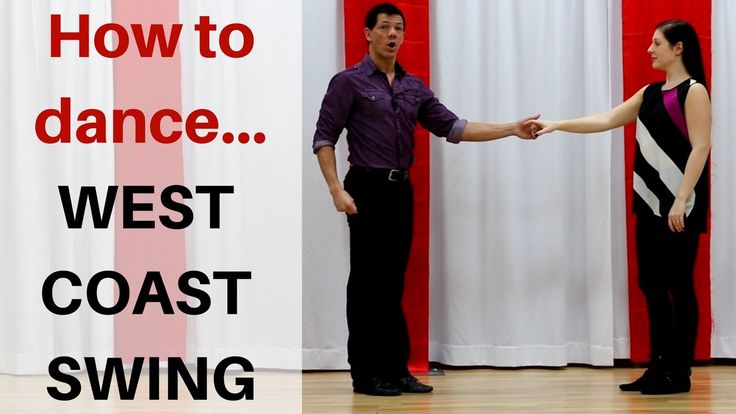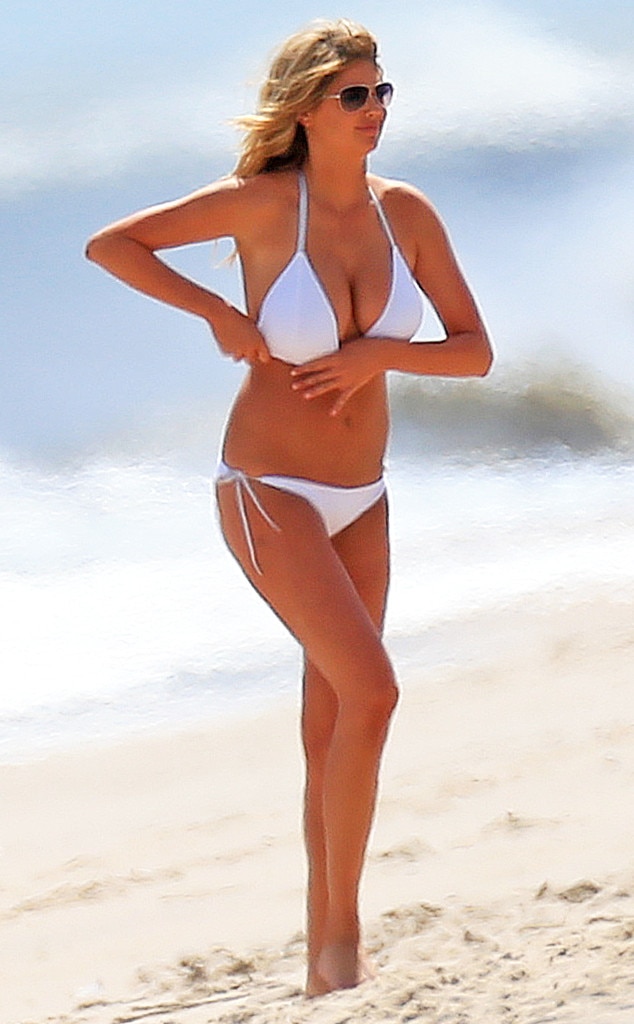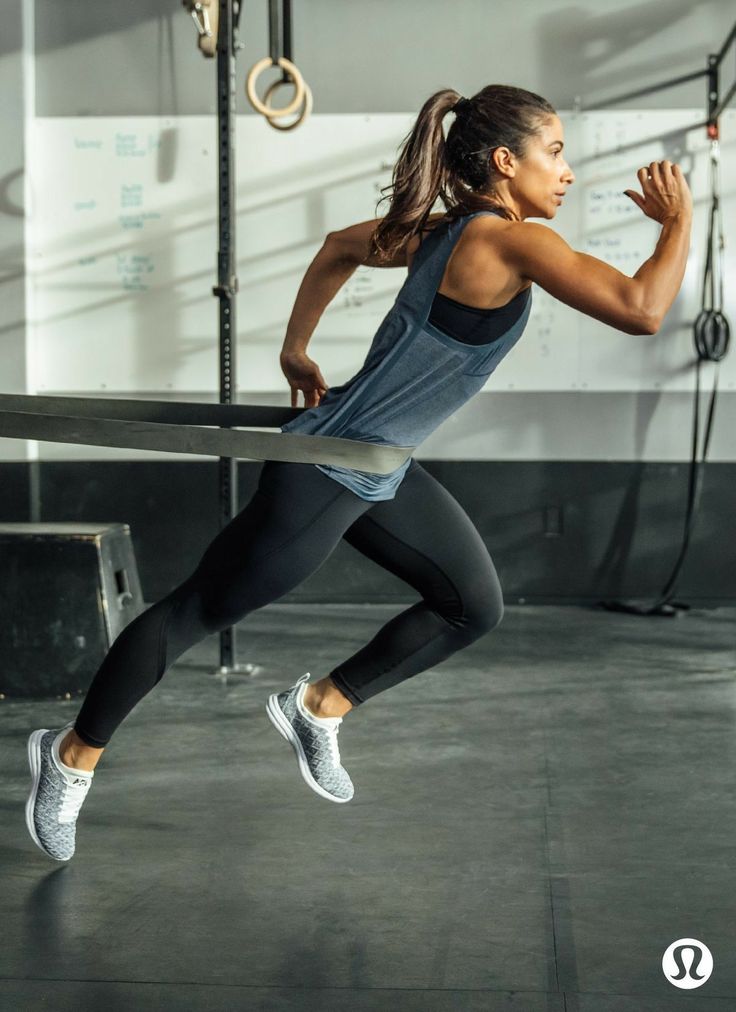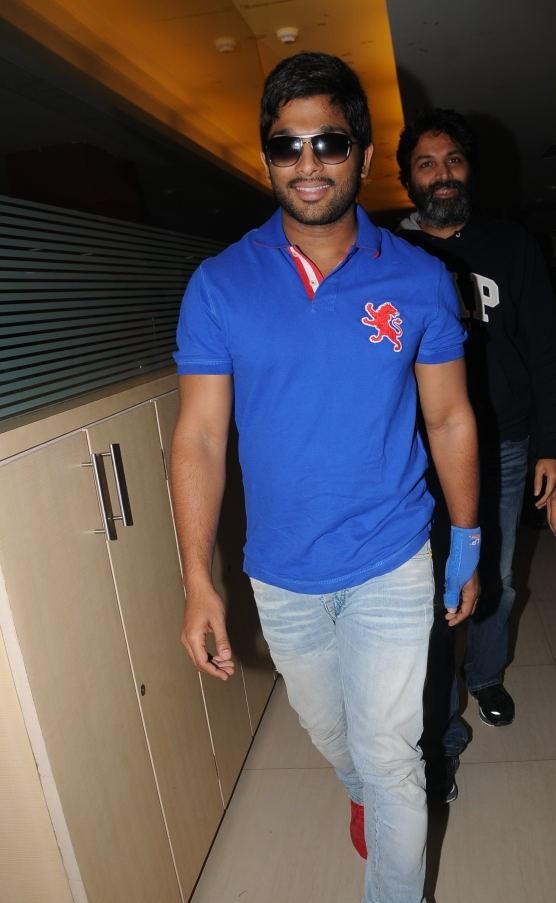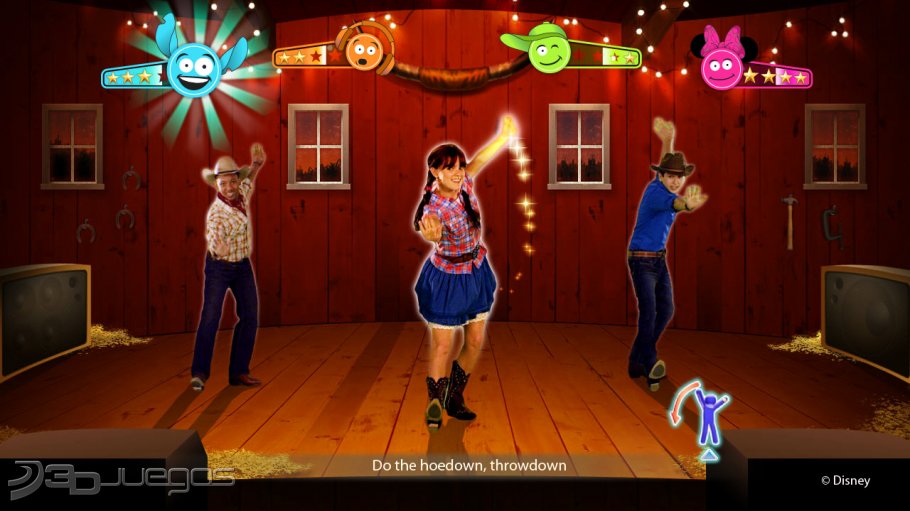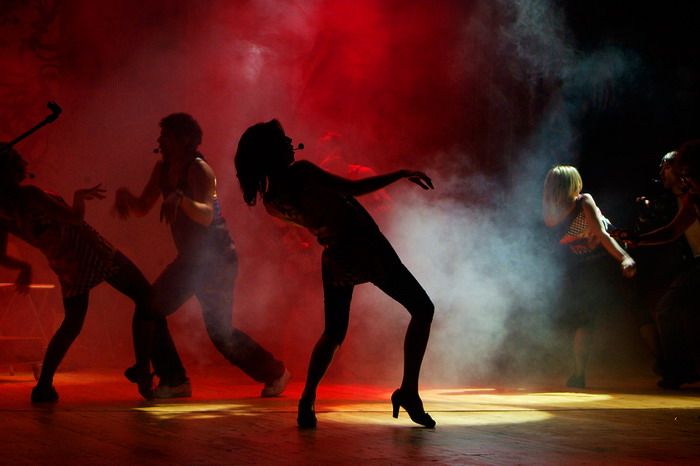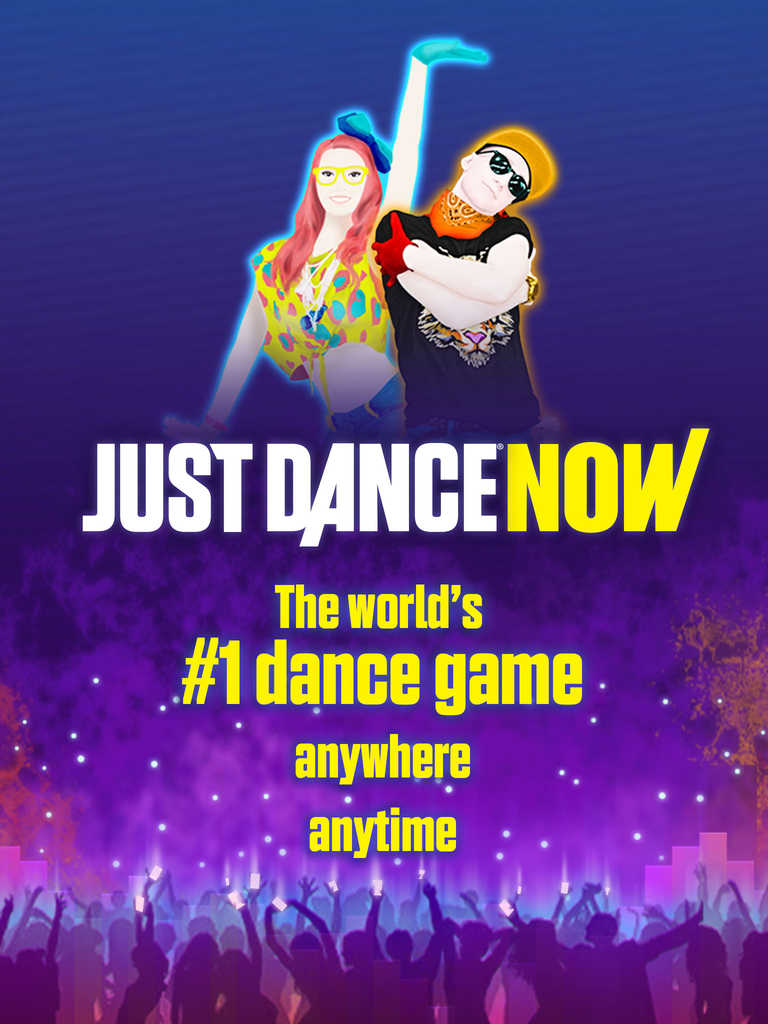How to dance fast
Everything You Need to Do to Become a Faster Mover
As a teacher, Ashley Tuttle is known for her lightning-fast petit allégro combinations. But her students might be surprised to learn that speed did not come naturally to her. “When I joined American Ballet Theatre at 16, I was an adagio dancer,” says Tuttle. “I had to learn to be fast.”
Many dancers immediately become tense when they think about moving faster, causing their bodies to stiffen and their shoulders to creep up. As counterintuitive as it may feel, you will find more success in doing the opposite. “To go faster, we have to go deeper and breathe more expansively,” says contemporary teacher and choreographer Kristin Sudeikis. Even if speed doesn’t come naturally, you can become a faster mover by working on your physical and mental agility.
Speed Up Your Technique
Traveling Phrases:
Use weight shifts to your advantage. “I think of pushing off from where I came from,” says Sudeikis. “If I’m traveling quickly downstage, I think of the backbody propelling me. If I’m moving quickly to my right, I’m going to think of pushing off from my left.”
Kristin Sudeikis’ class at Broadway Dance Center, via Giphy
Turns:
“If you have to do a fast sequence of turns, make sure your hips are getting all the way over your standing foot with no back arch,” says Tuttle. If this is something you struggle with, try practicing just the push-off for quick traveling turns, like piqués and chaînés, making sure your hips arrive over your standing foot each time.
Tiler Peck in Balanchine’s Who Cares? via Giphy
Jumps
: For fast jumps, Tuttle recommends keeping your weight toward the front of the foot, but cautions that heels should still be on the floor when you land. Also identify whether the accent of each jump is up or down. Tuttle points out that those distinctions begin at barre, with dégagés and tendus. “When you emphasize bringing your leg into fifth, that’s a different exercise than tendu with the accent out,” she says.
“When you emphasize bringing your leg into fifth, that’s a different exercise than tendu with the accent out,” she says.
Ashley Bouder in Balanchine’s Serenade, via Giphy
Condition With Quickness in Mind
Core:
“The stronger your core is, the more quickly your body will move through space as a whole,” says Michelle Rodriguez, a physical therapist who works with dancers. She suggests strengthening the bottom half of your relevé to build speed and control. With the knee straight or in a slight plié, lift the heel halfway up from the floor. Try 10 repetitions on each side, barely holding on to a barre or the wall. “You’ll be surprised how strong of a core that requires,” she says.
via Giphy
Footwork:
Precise, powerful footwork is a must, especially for tall dancers, whose feet are likely to be longer. Rodriguez recommends breaking a step down into parts and repeating each element slowly, to improve precision, and gradually increasing the speed. Or, take exercises you already know—like relevés—and incrementally speed them up. She also suggests small, fast single-leg hops. Hop forward and sideways, in sets of 10 repetitions, to improve balance and ankle stability.
Or, take exercises you already know—like relevés—and incrementally speed them up. She also suggests small, fast single-leg hops. Hop forward and sideways, in sets of 10 repetitions, to improve balance and ankle stability.
via Giphy
Endurance:
Moving quickly requires extra stamina, so cardio training outside of rehearsal is a must.
via Giphy
Recovery:
Fast movement is taxing on the body. “After doing any of these exercises or after rehearsals with quick choreography,” says Rodriguez, “massage your calves with a ball and take time to stretch out.”
via Giphy
Visualize Successful Speedwork
Pacific Northwest Ballet in Justin Peck’s Year of the Rabbit, via Giphy
Sometimes, it’s a mental block that gets in the way of moving faster. During her time at American Ballet Theatre, Ashley Tuttle realized that the way she had been visualizing her movement wasn’t helping her performance.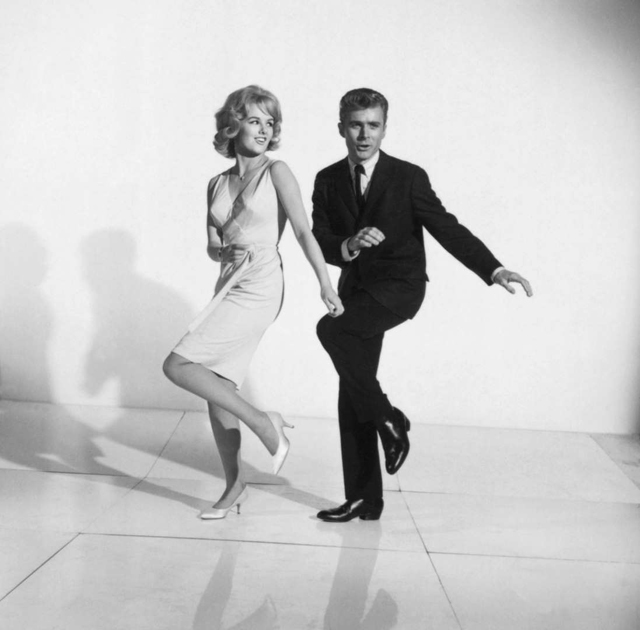 “I was seeing myself from the point of view of the audience, from a place of judgment,” she says. “Instead, I started to visualize how I wanted to feel, focusing on my musicality.” Rather than imagining all the mistakes you might make while executing fast choreography, build confidence by picturing a successful performance.
“I was seeing myself from the point of view of the audience, from a place of judgment,” she says. “Instead, I started to visualize how I wanted to feel, focusing on my musicality.” Rather than imagining all the mistakes you might make while executing fast choreography, build confidence by picturing a successful performance.
5 Dance Tips For Picking Up Choreography Fast
Being able to pick up choreography fast is something you can train and get better at.
So even if you feel defeated from not being able to keep up and falling behind in class, don't lose hope!
Use these tips each time you learn a piece and you'll notice how you're able to pick up choreography fast, without trying as hard.
1. DON'T watch the choreographer
Do you have a habit of staring straight at the choreographer when you learn, mirroring their moves every time they demonstrate?
And then, once you dance without them, you probably feel lost and confused.
In order to pick up choreography fast, you have to get your body to get used to the movement.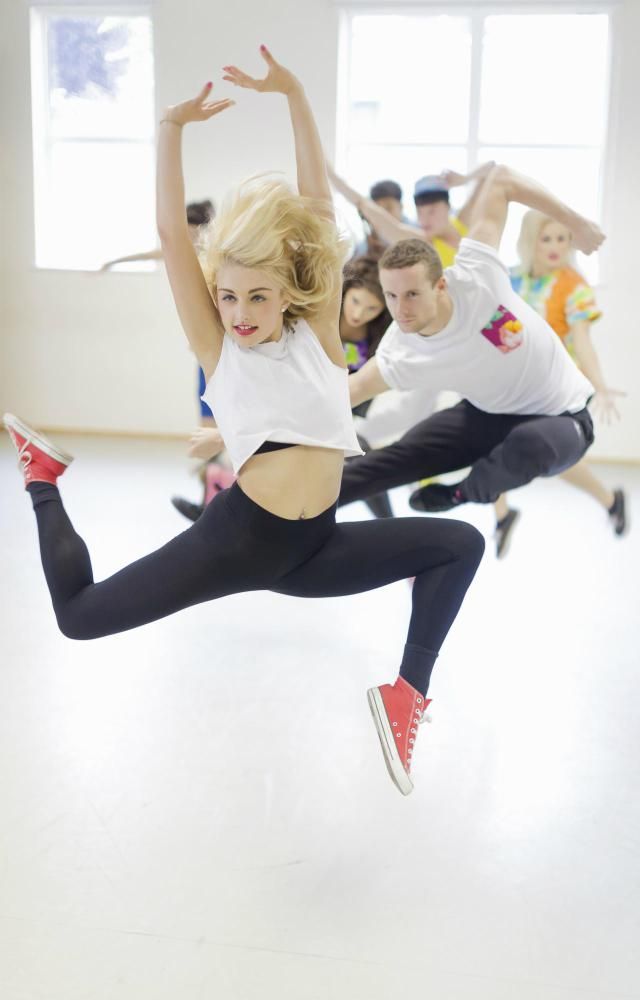
Learn with your eyes, but practice with your body.
This means studying the choreographer first to properly understand their movement, execution, and timing, but not relying on them to regurgitate the piece.
Push yourself to reduce the amount of times you watch the choreographer before you try it without watching them.
You'll start to pick up choreography fast by taking the training wheels off (not watching the choreographer) earlier in the class.
2. Mess up, then move on
The choreographer is in control and sets the pace of things in a class, but sometimes you can’t keep up.
Maybe there’s that one move or combo that keeps messing you up.
Which makes you keep reviewing it again and again, missing the next move, and then the next...
We have a tendency to be fixated on trying to execute every single move perfectly, but sometimes you have to settle for “close enough” and move on.
You can always come back and improve upon it later.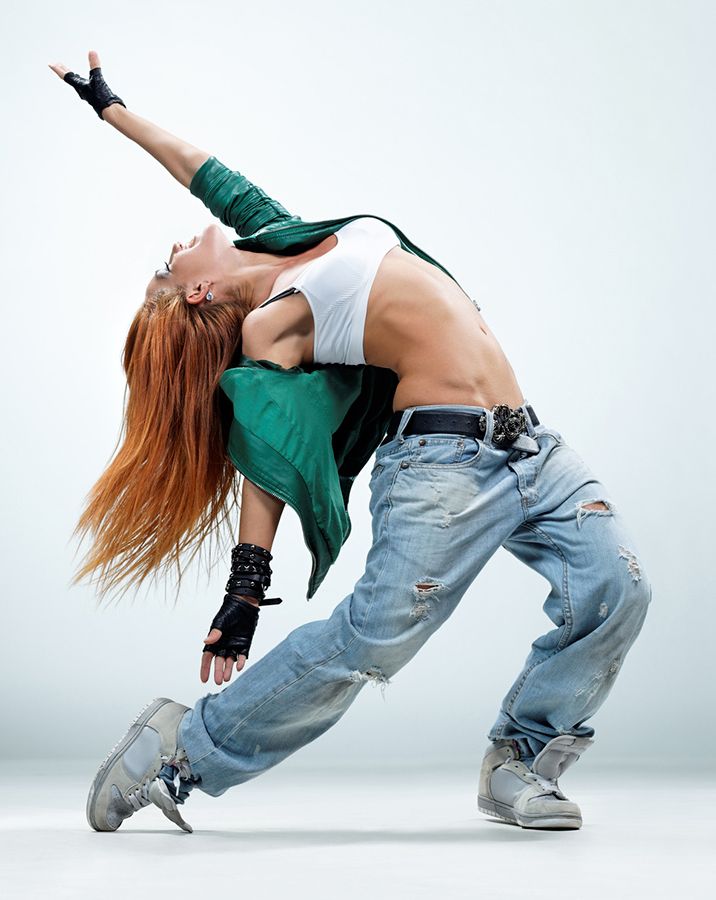
Go over what you need in between gaps of instruction to make the most of your time, but don’t let it stop you from learning the rest of the piece.
3. Don’t dance and
just watchThis is a little counter-intuitive... Don’t dance?? In a dance class?????
However, sometimes there are details your eyes can catch that the choreographer won't explicitly teach.
If they were to explain every single little detail you’re supposed to be executing, then classes would take days.
So catch your breath for a second and really watch what the choreographer is doing.
Not only will you pick up choreography fast, you'll learn to embody the mood, timing, and character much better – which are more important than the exact body placements, anyway.
4. Take multiple classes in a day
When it comes down to it, the ability to pick up choreography fast does require your brain to do some training. Taking multiple classes is a huge strain mentally and physically, and that's the exact how it teaches you to pick up choreography fast.
Don't live around any studios? No worries. Here's How To Learn Dance With No Dance Classes In Your Area
5. Expose yourself to more styles of dance
There are those moments when you get stuck on a move that everyone else seems to get...
Maybe it's a Loose Leg or a Hip Hop groove – but you’re not trained in that style.
In order to pick up choreography fast, it helps to have an expansive range of dance vocabulary.
Being comfortable with moves from different styles will make it much easier to pick up choreography fast because those moves are already ingrained in your muscle memory!
So practice and perfect any moves you come in contact with, because you’ll never know when they’ll come up in another combination.
Clay and Jessie give more tips on how to pick up choreography fast – watch this video!
Did these help you out? Have your own tips to learn choreography faster? Leave a comment below!
90,000 12 life hacks, to quickly learn how to dance from Mamita DanceDances
Author: Pavel Gather
Psychologist, Lecturer Salsa and Tango
Dances
Author: Pavel Pavel
Psychologist, Lecturer Salsa
on At the start, you always want to get a quick result. When it doesn't happen, the hypothesis arises that everything takes time. After a conditionally acceptable time, humility comes to mastering pair dances, which, perhaps, is not given, and I will just do what I learned somehow.
When it doesn't happen, the hypothesis arises that everything takes time. After a conditionally acceptable time, humility comes to mastering pair dances, which, perhaps, is not given, and I will just do what I learned somehow.
This is the most common story of those who believe that the mere act of attending a pair dance class is enough to learn how to dance.
Absolutely not. If you want to really dance well, you have to make an effort outside of the dance class. A good teacher will definitely be needed, but the initiative should be on your side.
1. Listen to music
The most common and accessible advice that is given already in the first lessons. And it definitely works. Music creates a certain atmosphere of the dance and intuitively you want to move to it. It doesn't matter where you listen to music - in the car, on headphones while walking or doing household chores.
An addition that will help you dance better is your active participation in the music. Sing along, dance or simply beat musical accents with any free parts of the body. In the subway, for example, it is enough to tap out bright moments with your fingers, in the car to sing along with sounds, and at home you can jump for pleasure.
Sing along, dance or simply beat musical accents with any free parts of the body. In the subway, for example, it is enough to tap out bright moments with your fingers, in the car to sing along with sounds, and at home you can jump for pleasure.
2. Watch videos of good dancers
It's complicated, but also obvious. It’s more difficult, because without recommendations from more experienced dancers, unfortunately, it’s not so easy to find a good quality video on the net (I mean not the resolution quality, but the content itself).
Meaningful video viewing is about building an understanding of HOW dancers make a particular impression on a partner or viewer. Technology is at the heart of everything. Understanding how the pros do it is a big step forward.
It is important to distinguish a show from a disco dance, a staged performance from an improvisation, a stylized dance from an authentic one, etc. Ask for recommendations and dance teachers will always throw off a couple of videos of worthy landmarks.
Tango Z. Showreel.
Online modern tango courses
Tango nuevo is the most advanced version of tango. We can quickly learn to dance from zero to a steep level.
| View details |
3. Dance in salsatecas/milongas/discotheques
A very delicate moment when it is worth coming to the first party. From a technical point of view, most students in 1-3 months have a sufficient set of figures and techniques to come and dance calmly. Psychologically, the same moment can be stretched out for an indefinite time. After all, it is imperative to “not lose face”, “learn more figures” and be sure what to do in case “there is an unfamiliar movement”.
In fact, the partygoers don't really care (except for a small layer of non-professional teachers who want to help inexperienced dancers by treating them as customers in the future). It is important to come and try dancing after a month of classes.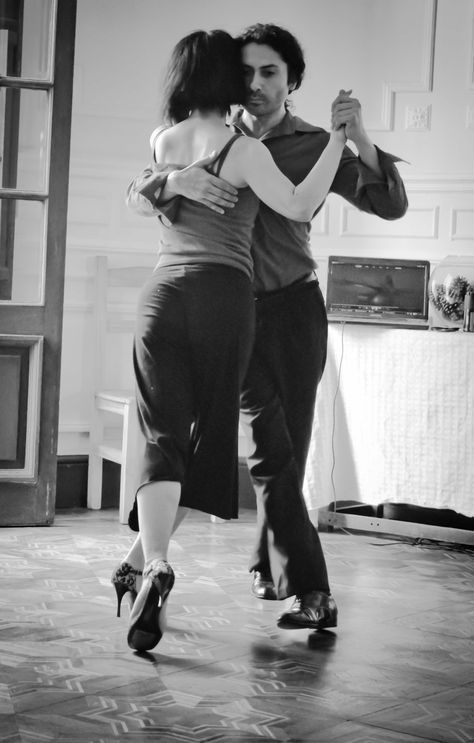 You can only with friends or guys from your group. This will be enough to feel the adrenaline and inspiration from the dance.
You can only with friends or guys from your group. This will be enough to feel the adrenaline and inspiration from the dance.
4. Dance with partners or partners not of your level
The conventional wisdom that you need to practice in groups of your level does not withstand the test of experience. Perhaps now your eyes widened in surprise, and you want to meaningfully read the phrase again. Yes, you saw everything correctly: when you dance with a partner of your level, you don’t grow anywhere.
It's important to understand that not only does it work one way and you have to dance with cooler dancers, but it works even more effectively the other way. It is no coincidence that teaching pair dances dramatically raises the level of the teacher himself. You have an endless stream of very beginner dancers.
How it works. A more experienced partner needs to be "stretched". It's easy and obvious. With beginners, you need to take more initiative on yourself, see the general pattern of the dance more widely, turn on and insure more, try to be an example and be more careful. The quality of interaction begins to grow significantly. And wonderful partners too.
The quality of interaction begins to grow significantly. And wonderful partners too.
Dancing with partners of your level doesn't make you grow. Dance with both beginners and more advanced dancers
Dominican Bachata Women's Style Online Course
Want to learn how to hypnotize those around you with the most appetizing part of your body? On the course we will tell you all the secrets.
| Interesting |
5. Learn to dance for a partner and for a partner
Turks and Argentines are one of the best partners in the world. In Russia, partners are highly valued. Why? The answer is simple. In Argentina and Turkey, it is not questionable for men to ask another man to lead in one piece or another and give feedback on the quality of the lead. For them, it will be a great shame to hear moralizing from a partner, or even more so to be known in the community as an insecure partner.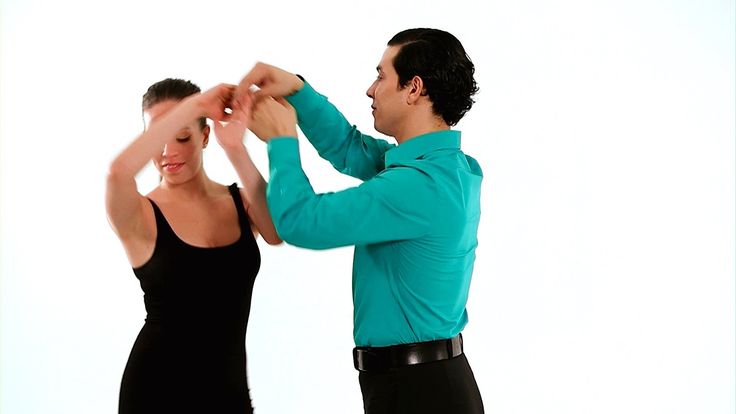
In Russia, due to the constant, often far-fetched, opinion that there are more women in pair dances, partners calmly get up and study their partner's part. Such partners then grow into very cool dancers and teachers. In no case do this at parties, only in class. Here we are talking only about the learning strategy. At parties, be yourself.
6. Do not memorize the links
Always try to look deeper and understand the through principle and idea of movement. Understanding what and how is done will make it possible to independently generate any sequences and chips.
Human memory is limited and there will always be a moment when something will escape and your repertoire will be limited by the size of RAM.
In Argentine tango, for example, there are seven levels of movement construction that, when mastered, will allow you to make millions of combinations. And how many dance sequences can you really remember? In rueda, more than 150 figures dance in a rare circle. It's hard to keep more in mind.
It's hard to keep more in mind.
7. Develop your body
Many years of experience in teaching couple dance shows that as soon as everyone pairs up in a class, any progress in individual style ends. But it is the individual style that distinguishes everyone at the disco: partners change, and style is always with you.
The body as the main instrument of dance must be very plastic, responsive and emotional. Surprisingly, not all pair dance schools have a general physical warm-up. It is vital to tune the body and understand how it works.
You can always train extra and concentrate more on the basic steps, as their true value is as body work. The sequence of steps is, in fact, the simplest thing that can be in pair dancing. The quality of individual performance determines the craftsmanship.
8. Try on the images of inspiring dancers
A psychological life hack for those who have already mastered the steps, but still feel that there is not enough brightness and drive.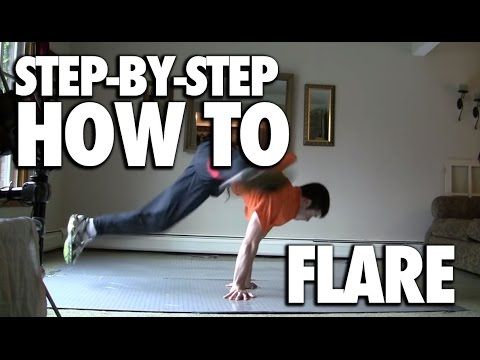 Most are terribly afraid of being someone else's "clone". Here the action is the same as under the influence of hypnosis - the more you resist, the more you plunge into an altered state of consciousness.
Most are terribly afraid of being someone else's "clone". Here the action is the same as under the influence of hypnosis - the more you resist, the more you plunge into an altered state of consciousness.
With a high degree of probability, you are already dancing like someone else's "clone". A meaningful fitting of someone else's image is that you mentally take the image of the one who inspires you (inspiration is critical in this case) and "put on" yourself. Then you start dancing and trying to feel in general how it is to be able, for example, to be the best partner or the sexiest partner in a disco. This is much more difficult than it seems. But it works extremely efficiently.
9. Dance to offbeat music
Habitual rhythms keep you tight. Tango salon or speedy timba leave little room for experimentation and fantasy. Pattern dancing is always noticeable and is reserved for beginners.
The truly new is born outside of the usual.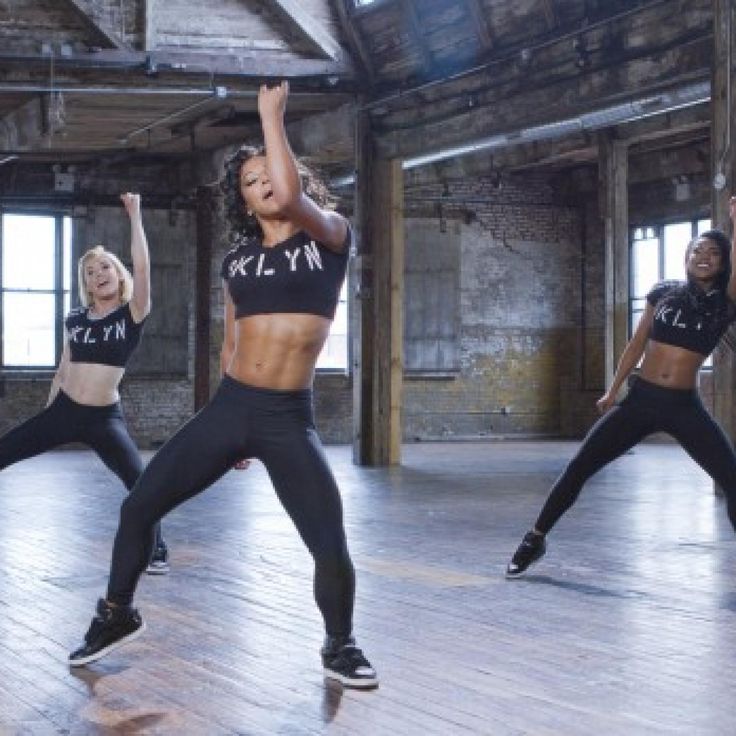 Look for places to experiment. If there is no place, organize self-training. The main thing is not to get carried away, because music determines the style. We bring something new to pair dances, rather than trying to change them.
Look for places to experiment. If there is no place, organize self-training. The main thing is not to get carried away, because music determines the style. We bring something new to pair dances, rather than trying to change them.
Search, improvise, don’t be afraid to go beyond, develop in different directions, be inspired by music atypical for the style
10. Try your hand at basic dance directions
dances exist according to their own non-choreographic laws.
This is the deepest delusion, which has turned into a ceiling for the qualitative development of partner dances. After all, all professional dancers, for example, in salsa or bachata, build their ideas on the basic choreographic principles.
Do not think that choreography is only applicable on stage. Any meaningful movement of the body can be choreographic. In general, try classical or modern choreography. Basically, hip-hop can work too.
11. Look for battle sensations
Pair dances return us to an active position of manifestation of our body. As in the days of our ancient ancestors, we impress the members of the opposite sex by how dexterous, hardy, sexy, etc. we are. Modern laws of the jungle in the entourage of big cities.
If you look around the dance floor, it becomes clear that the majority are clearly herbivores (not in the sense of vegetarians, but in relation to those around them). I am sure that predators are always more interesting in terms of the attractiveness of the image - try to find a counterbalance among herbivores, for example, a cat woman or a lion man.
The conversation is about an internal position, not about aggressiveness. Lability and lack of control are inherent in adolescents, and not in adult self-sufficient people.
Accordingly, even a training or friendly battle gives, on the one hand, practical skills - to make a bright sequence of movements, bring an idea to a climax, show a spectacular feature, on the other hand, develops the psychological basis of the dance - self-confidence, resistance to extraneous attention, self-control and self-control in complex elements.
12. Communicate with professionals
The environment shapes the internal position. Basically, real passionaries of the dance community are ready to openly talk, discuss and support the development of dance in every possible way. Universal principles and the ideas they articulate have a much longer and more practical perspective than meets the eye.
Accept that, for example, behind the words "listen to your partner" is not only a beautiful metaphor, but also a practical skill to literally listen to your partner. At the same time, always treat every thought, even the most respected teacher, as a private opinion.
Your skill will lie in finding the scope of the idea even in conflicting opinions. Most often, the contradiction is speculative and the truth lies in the angle of perception or situationality.
Your dancing growth will stop sooner or later. This can happen at the level of three basic steps or years of experience in teaching and show performances. Regardless of your level, the suggested 12 life hacks can get you off the ground and greatly accelerate your dance growth. There is no way here without your motivation and activity. Take your dance development into your own hands. 9Ol000 Dangerous sexuality
Regardless of your level, the suggested 12 life hacks can get you off the ground and greatly accelerate your dance growth. There is no way here without your motivation and activity. Take your dance development into your own hands. 9Ol000 Dangerous sexuality
Salsa: destroyers of stereotypes
Couple dancing as a source of strength.
Self-destruction of the couple dance community
The Salsa series as a mirror of the community
Mamita Fridays: salsa, bachata
Destroying the myths about leading pair dances
Does dancing make us better?
The seven deadly sins of teachers
Why we will never dance bachata like the Dominicans
Why tango?
Dispute over musicality
Selection of dances according to alcohol preferences
Where to find inspiration for dancing?
Terrible tango nuevo
Distribution of roles in a salsa party
Argentinean tango through the eyes of a salsa dancer
Is there a predisposition to dancing?
Which is more effective: individual or group lessons?
Sexual connotations in partner dancing
7 tips for those who want to learn how to dance
September 9, 2020Reno5Life
Dancing is a great way to make friends with your body and gain self-confidence. And yes, they can be mastered at any age.
And yes, they can be mastered at any age.
Share
01. Choose your style
The idea here is the same as for sports: if you secretly hate yoga or iron exercises, you are unlikely to go to workouts week after week. To achieve noticeable progress in dancing, a beginner will have to practice a lot and regularly, so it’s better not to torture yourself and choose a direction that really ignites.
You can focus on the music that you like - you need to catch the drive from movements to it. It is music that forms the style of dance and its energy, so decide what is closer to you: for example, funk lovers should try popping or locking, folk fans may like Irish dancing, and if you respect jazz, swing and everything like that, take a closer look at lindy hop.
Another criterion is the nature of the movements. Some are closer to dynamic, as in hip-hop, others are smooth and sensual - for this in tango. There are also health restrictions to consider.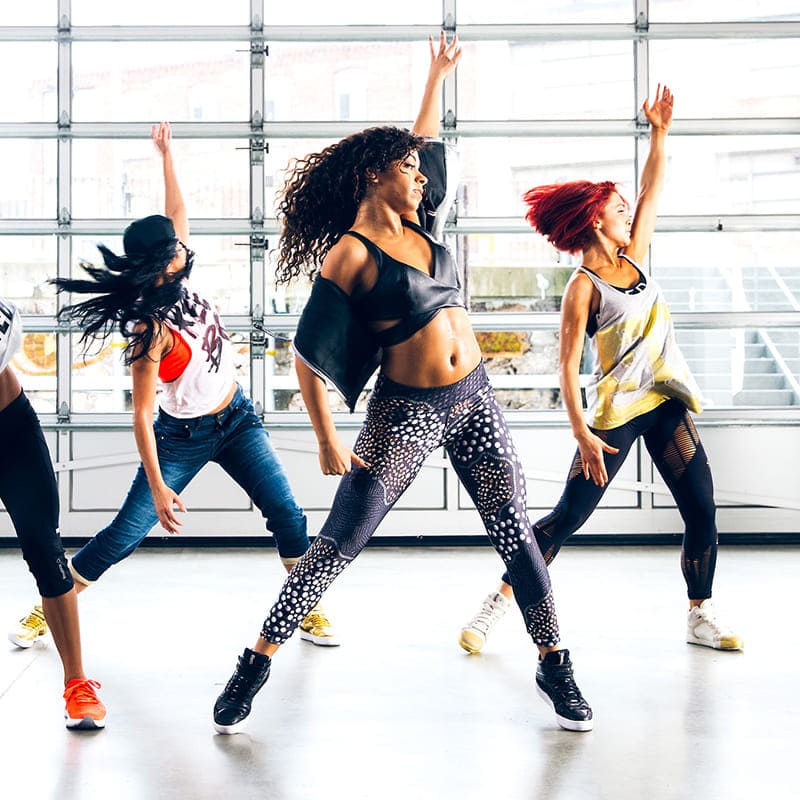 So, twerk is not suitable if there are problems with the lumbar spine, with sore knees it is better not to get involved in shuffle, and it will be difficult for an aged person to master house.
So, twerk is not suitable if there are problems with the lumbar spine, with sore knees it is better not to get involved in shuffle, and it will be difficult for an aged person to master house.
2. Set a goal
Photo: Iakov Filimonov / ShutterstockYou can start dancing at any age, but it's important to keep in mind why you started it in the first place. It is perhaps too bold to expect that in half a year of classes it will be possible to reach the level of international dance championships from scratch. But if you want to try dancing in order to develop plasticity and learn to feel the body better, great, go ahead.
Don't expect to get it right the first time. When you learn from scratch, difficulties are absolutely normal, the main thing is not to score in classes. Over time, both the correct posture and a beautiful gait will be developed, and as a bonus you will also get self-confidence - with freedom of movement, freedom from complexes will come.
3.
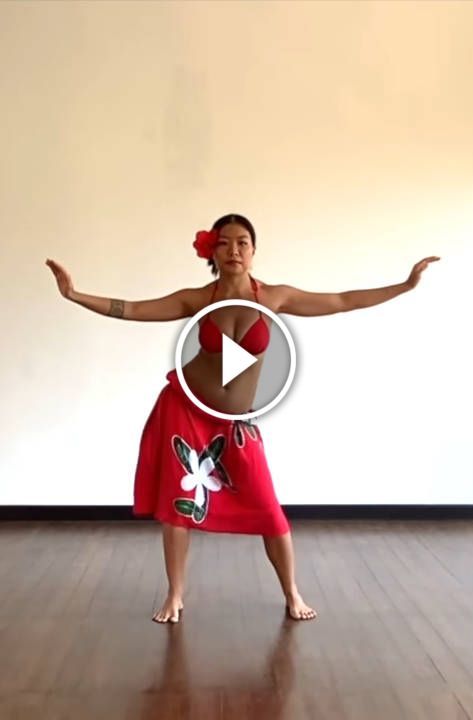 Don't give up on sports
Don't give up on sports Some dances in themselves make for a good workout. A vigorous shuffle will replace cardio, and a break can give a load to almost all muscle groups. And yet, without preparation, it will not be easy. A more or less good stretch is needed in any type of dance, and, for example, strong arms and strong abdominal and back muscles are also useful for pole dancing. You can combine dancing with strength exercises, but you need to give the body time to recover and not plan classes in a row, but allocate at least a day of rest between them.
And don't forget to warm up before dancing. So that the training does not end with an injury, the muscles and joints need to be prepared for the load. You can allocate 10–15 minutes for a warm-up, it should include simple articular gymnastics (at least elementary rotational movements of the shoulders and knees), tilts and dynamic stretching.
4. Take some lessons from a trainer
Especially if you have never danced before.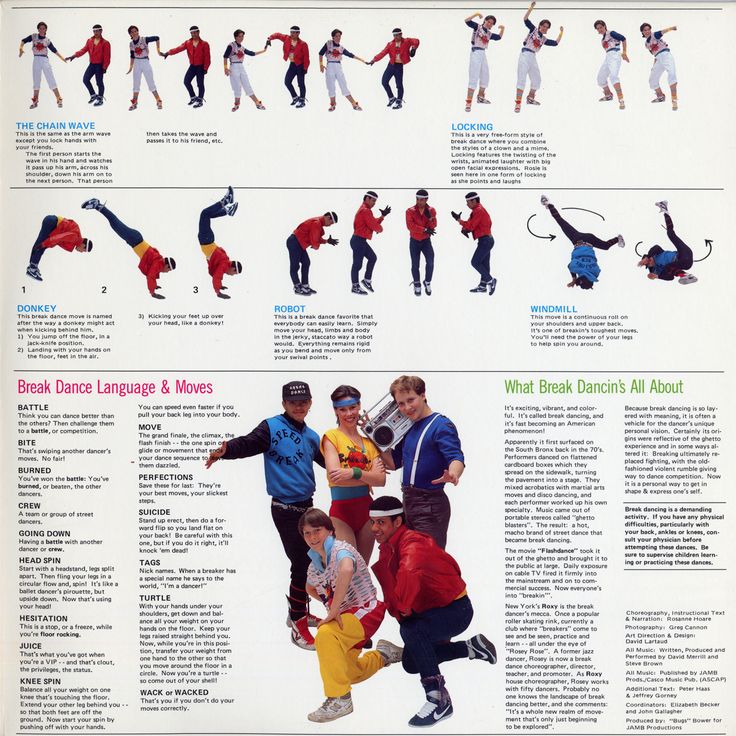 Those with experience can learn new styles at home with video tutorials, but that's because they already know how to control their bodies. Beginners are unlikely to succeed, but disappointment in themselves and demotivation are guaranteed - if you can’t repeat elementary movements, then there’s no point in doing it.
Those with experience can learn new styles at home with video tutorials, but that's because they already know how to control their bodies. Beginners are unlikely to succeed, but disappointment in themselves and demotivation are guaranteed - if you can’t repeat elementary movements, then there’s no point in doing it.
Nothing really strange here. Without preparation, it is difficult to just take it and start moving freely. At least the basic elements are better to master under the guidance of a pro, and when you feel that you are coping, supplement these lessons with home workouts.
5. Learn something new in every class
When you repeat the same set of exercises and movements over and over again, classes turn into a good way to pass your free time, only you can forget about progress. Acquaintance with new elements is the same mandatory part of any workout as a warm-up. It doesn't matter if you work with a mentor or on your own.
Do not immediately try to copy cool dancers.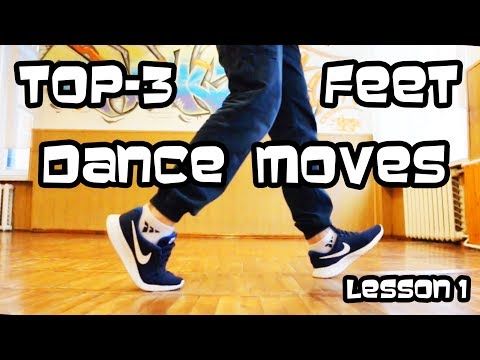 First, study the basic movements, then try to combine them into bundles until you hone them to automatism, and then experiment and improvise, creating something new based on familiar elements.
First, study the basic movements, then try to combine them into bundles until you hone them to automatism, and then experiment and improvise, creating something new based on familiar elements.
6. Record yourself on video
It is not necessary to record the entire workout from the warm-up, it is enough to record only those moments with which you have problems. These can be separate movements or bundles that are not given in any way. Review the video and, if possible, objectively assess what is wrong: perhaps there are technical problems that are difficult to notice in the process. When you understand what's wrong, try to repeat the movement and record it on video again - and so on until you achieve a good result.
This approach will help you find errors and track progress. You can not even limit yourself to memorized ligaments, but improvise - then see how it looks from the outside.
7. Find like-minded people
Photo: Iakov Filimonov / Shutterstock If you need an extra reason not to miss classes, then meeting new people can be a good motivation. It is easier here for those who train in a group. Often the dance school becomes the center of a close-knit community, where people come not only for the sake of classes, but also just to spend time together at dance parties.
It is easier here for those who train in a group. Often the dance school becomes the center of a close-knit community, where people come not only for the sake of classes, but also just to spend time together at dance parties.
Finally, the more partners around, the more experience. Do not limit yourself to dancers of your level of training and practice with those who are stronger or weaker than you. In the first case, you will be able to improve your skills, and in the second, you will try yourself as a coach - this, by the way, is a good way to learn to take more initiative and understand the very principle of movement in dance, and not just memorize the alternation of chords.
Stay fit and connected with the OPPO Watch. They have two powerful processors, a bright AMOLED display, 1 GB of RAM and 8 GB of internal memory, Bluetooth, Wi-Fi and NFC modules. And more than 90 training modes, including those designed specifically for ORRO. Work out cooler with music, you can listen to it in streaming services or download tracks to the memory of your watch.


